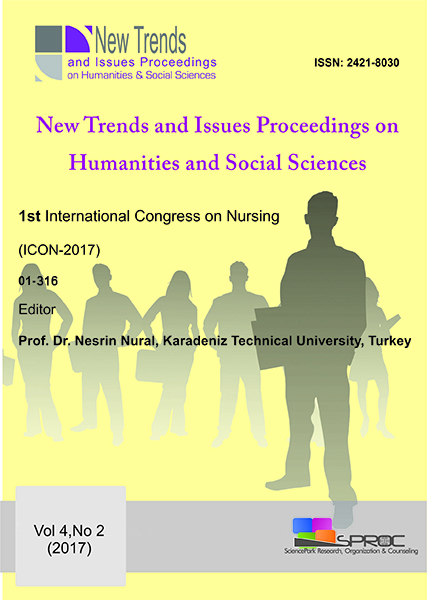Death anxiety in old individuals and factors affecting depression level related with death
Main Article Content
Abstract
This descriptive, cross-sectional study was designed with the objective to determine the factors affecting the death anxiety and deathrelated depression in elderly people. This study was carried out with the participation of 185 elderly persons, who applied to a family health center between 5th October and 22nd December 2016, were able to communicate with us and volunteered for the participation. The data for the study was obtained with a questionnaire, which constituted of 21 questions, and with the Death Anxiety and Death-related Depression Scales. Death Anxiety Scale was developed by Templer and adapted by Şenol to the Turkish language. The scale consists of 15 items. Score range of this scale changes between 0 – 15. Higher scores are interpreted as higher death anxiety and a score of 7 or greater is considered as having anxiety. Death Depression Scale was developed by Templer and his colleagues and adapted by Yaparel to the Turkish language. This scale consists of 17 items. The lowest and highest scores in this scale are 0 and 17. It has been interpreted as the following: the higher the score the higher is the death-related depression level. For the evaluation of the data, percentage calculation, one-way ANOVA, T-test and Tukey test were used. 48.9% of the participants were female and 51.1% male; 37.2% were illiterate, 39.4% were housewives, 36.1% were married, 53.9% had a balanced budget, 70.6% had social security insurance, , 73.3% had a chronic disease, 76.1% used regularly medication. Their mean age was 74.4±8.2 years. The mean scores of death anxiety and the death depression scales were 7.3±1.7 and 8.1±1.6 respectively. It was observed that the total score of the death anxiety and death depression scales changed in some elder persons according to the sociodemographic and clinical properties.
Keywords: Death, anxiety, elderliness, depression, fear
Downloads
Article Details

This work is licensed under a Creative Commons Attribution 4.0 International License.
Authors who publish with this journal agree to the following terms:- Authors retain copyright and grant the journal right of first publication with the work simultaneously licensed under a Creative Commons Attribution License that allows others to share the work with an acknowledgement of the work's authorship and initial publication in this journal.
- Authors are able to enter into separate, additional contractual arrangements for the non-exclusive distribution of the journal's published version of the work (e.g., post it to an institutional repository or publish it in a book), with an acknowledgement of its initial publication in this journal.
- Authors are permitted and encouraged to post their work online (e.g., in institutional repositories or on their website) prior to and during the submission process, as it can lead to productive exchanges, as well as earlier and greater citation of published work (See The Effect of Open Access).
